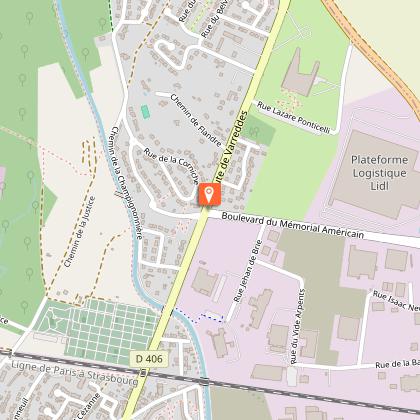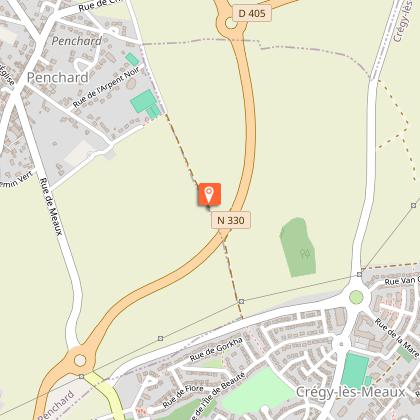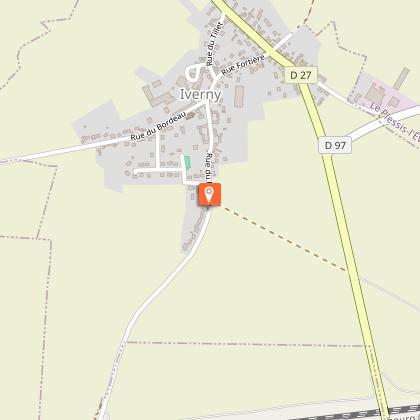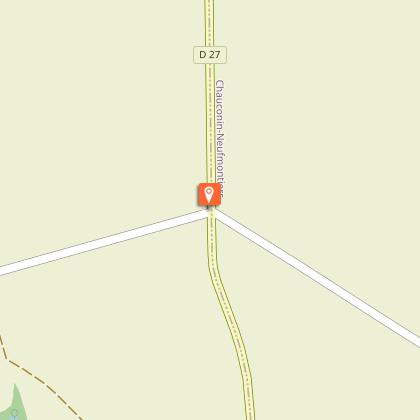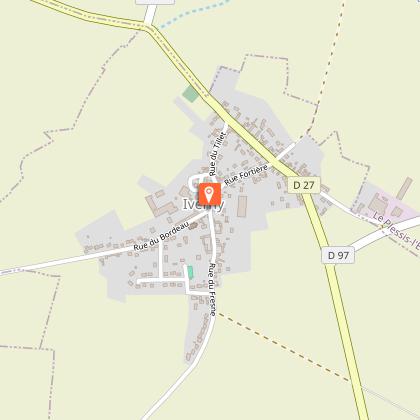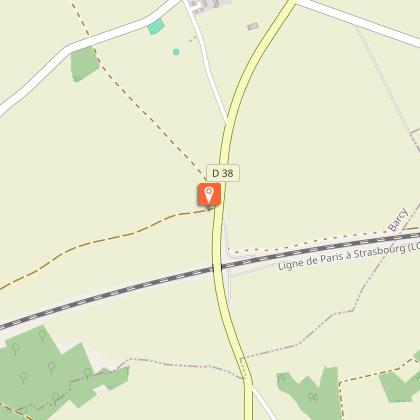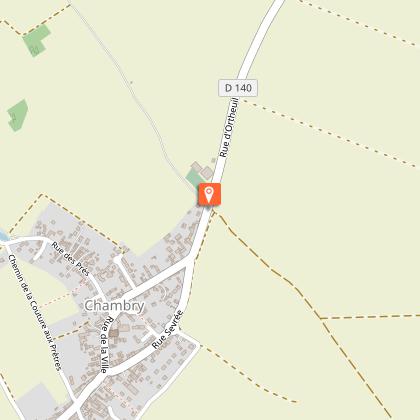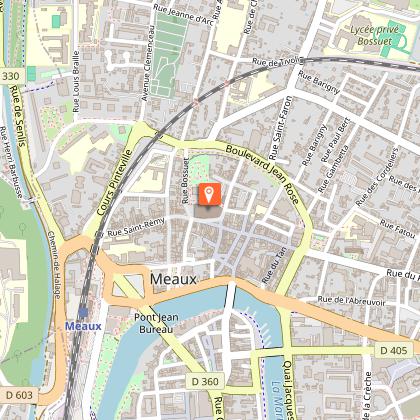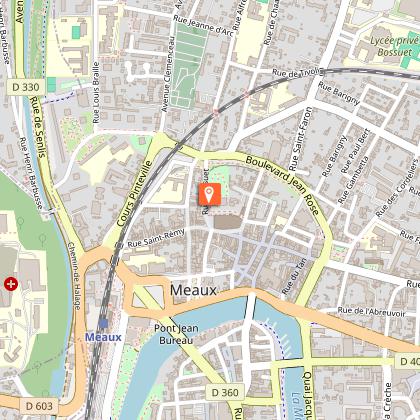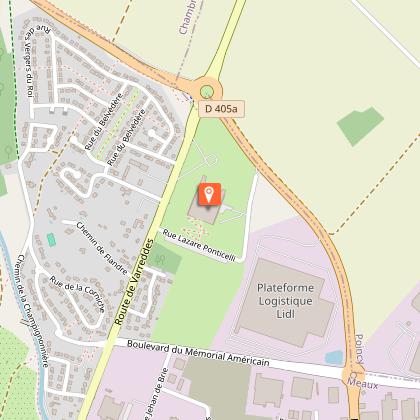Alert
Alerts
Meaux, WWI bike loop








IGN cards
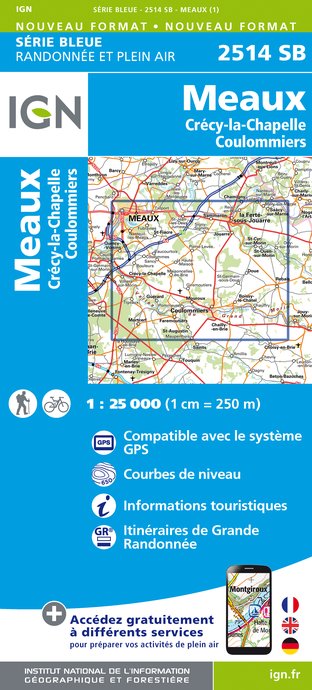


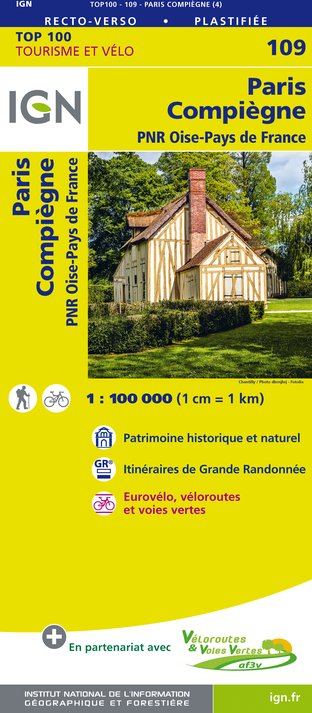
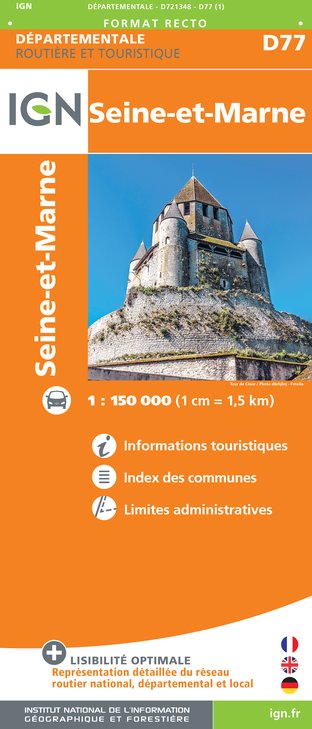
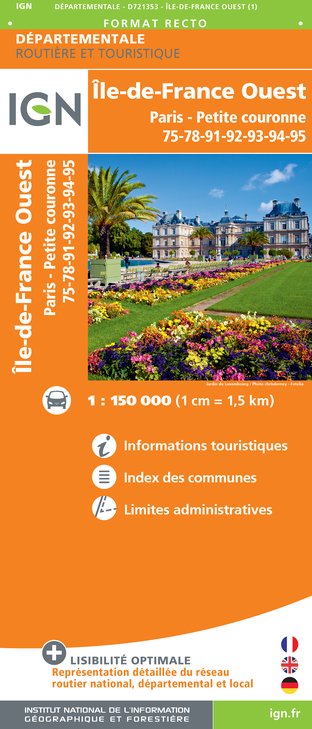

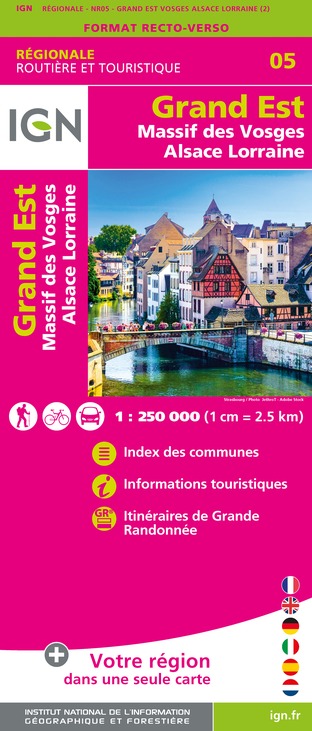





Description
A bike loop in and around Meaux, the setting of famous World War I battles. Departing from the Museum of the Great War, Pays de Meaux.
This loop explores the setting of multiple Great War battles, leading cyclists from the Museum of the Great War, Pays de Meaux, to the Lieutenant Charles Péguy Memorial paying tribute to this leading man of French letters who bravely died fighting for freedom. An outing along the country roads crisscrossing the vast Plain of France.
Technical Information
Altimetric profile
Starting point
Steps
Points of interest
Additional information
Tips
Safety instructions and good practices: - Respect the French highway code and remain vigilant on and near all roads, particularly at intersections and when crossing départementales (secondary roads) and passing over bridges. To that end, carefully read the guide provided for each itinerary. - Wear a properly fitting helmet. At night and in bad weather, wear a fluorescent vest with reflective bands and carry a proper torch/flashlight. - Restrictions for children under 12: make sure that the loop you want to follow is well suited to your children. - After every picnic, leave no trash behind, and respect the wild flora and fauna. - Prior to departure, make sure that your smartphone or tablet is sufficiently charged. Consider taking along a charger. - If you happen to notice any anomaly while following an itinerary, please don’t hesitate to write us! We value all such observations and remarks.
Updated by
Seine et Marne Attractivité - 12/06/2025
www.tourisme-seine-et-marne.fr/
Report a problem
Open period
All year round.
Contact
Phone : 01 60 39 60 39
Email : info@attractivite77.fr
Website :
baladnature77.cirkwi.com/#!page=circuit&id=50638&langue=fr
www.tourisme-seine-et-marne.fr/
Facebook : www.facebook.com/77vivreengrand
Data author

The Cirkwi brief
Embarking on a scenic bike loop around Meaux transports you to the heart of the battles of the Great War. Starting from the Musée de la Grande Guerre du Pays de Meaux, this journey offers more than just a ride; it's a plunge into history. Along the rural pathways and vast plains of France, each pedal brings stories of valor and sacrifice closer. Curated by Seine et Marne Attractivité, this route is not merely a physical challenge; it’s a homage to freedom fighters like Lieutenant Charles Péguy, making it a profoundly moving experience. Feel the breeze, hear the echoes of the past, and connect with history in an intimate way.
Brief: Essential Route Stats
Covering a total distance of 38.4 km, this biking adventure unfolds across varying elevations ranging from 56 to 160 meters. It's a route that challenges with a total positive elevation gain of 465 meters, testifying to its intermediate-level difficulty. Such statistics speak volumes about the route's physical demands, ensuring cyclists are aware that preparation is key. Indeed, the significant elevation gain hints at the rewarding vistas and historical site encounters awaiting those who undertake this journey, making every meter climbed a step deeper into history.
Seasonal Tips for Safe Exploration
To fully appreciate the beauty and significance of this itinerary, timing and preparation are paramount. Spring and autumn, with their mild weather, are ideal for exploring; the cooler temperatures and colorful landscapes enhance the experience. Summer offers longer days, but cyclists should carry water and sun protection. Winter, though challenging with potential cold and wet conditions, rewards the brave with serene, crowd-free paths. Always check your bicycle's condition, wear appropriate gear, and keep a map on hand to navigate the historical spots and rural landscapes safely and enjoyably.
Meaux: A Tapestry of History
Situated in the Seine-et-Marne department, Meaux holds a deep connection to France's cultural and historical fabric. The Cathedral of Saint-Étienne stands as a testament to architectural evolution from the 12th to the 15th century, reflecting the town's endurance through tumultuous periods, including the Wars of Religion. Meaux's place within the larger narrative of the Great War is cemented by the landscapes and memorials that dot its outskirts, serving as poignant reminders of the region's role in shaping history. Through this cycling route, one doesn’t simply traverse a territory but journeys through centuries of French legacy.
Weather Insights: Ideal Visiting Times
Understanding Meaux's Climate for Cyclists
Meaux, like much of the Île-de-France region, experiences a temperate climate with distinct seasons. Winters are generally cool, possibly damp, with average temperatures hovering around 5°C, making it less ideal for cycling. Spring (April to June) and autumn (September to November) offer more comfortable conditions, with average temperatures of 15°C, alongside the natural beauty of blossoming or falling leaves. The best time to embark on this historical cycling journey would arguably be between late spring and early autumn, when the weather is most conducive to outdoor activities.
